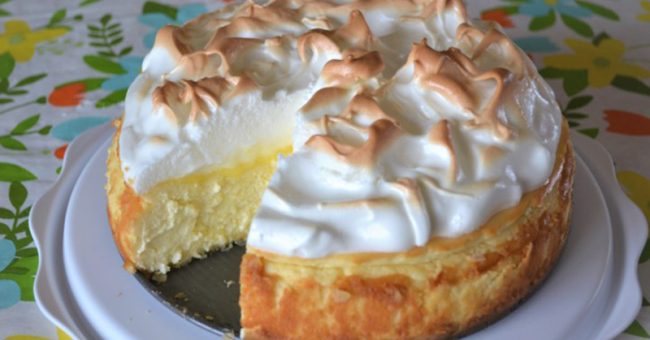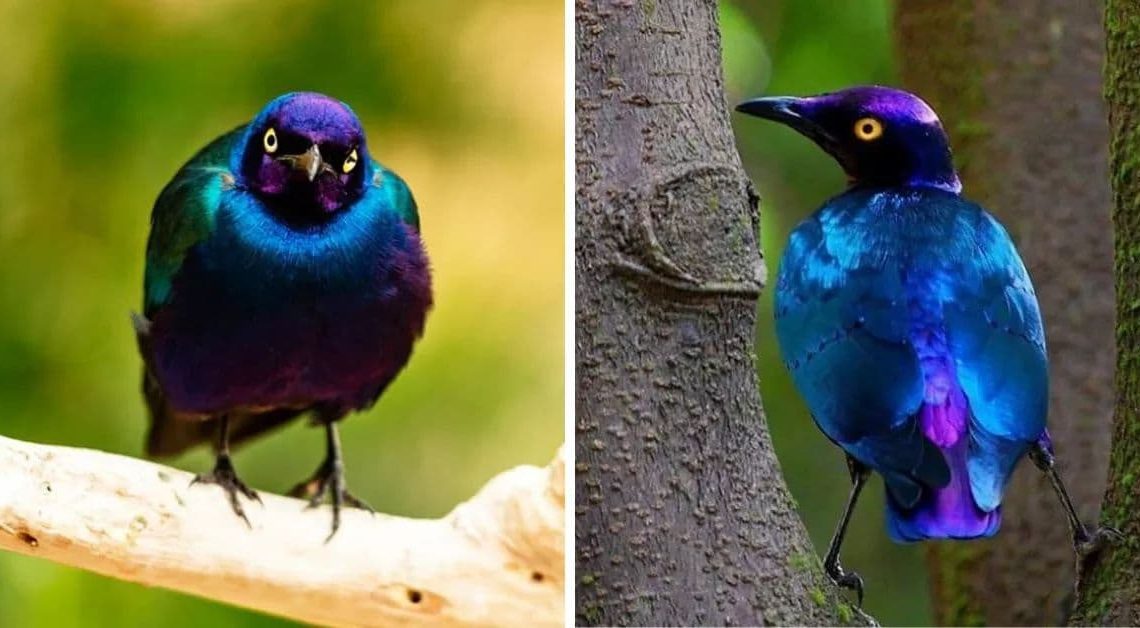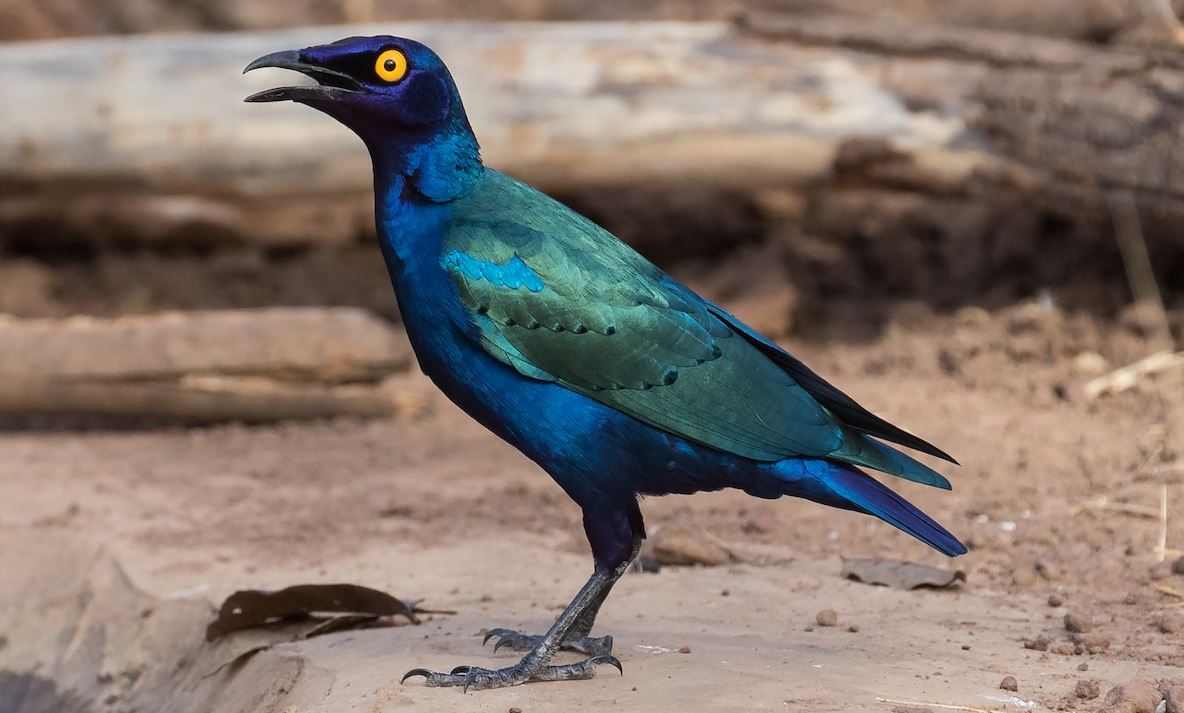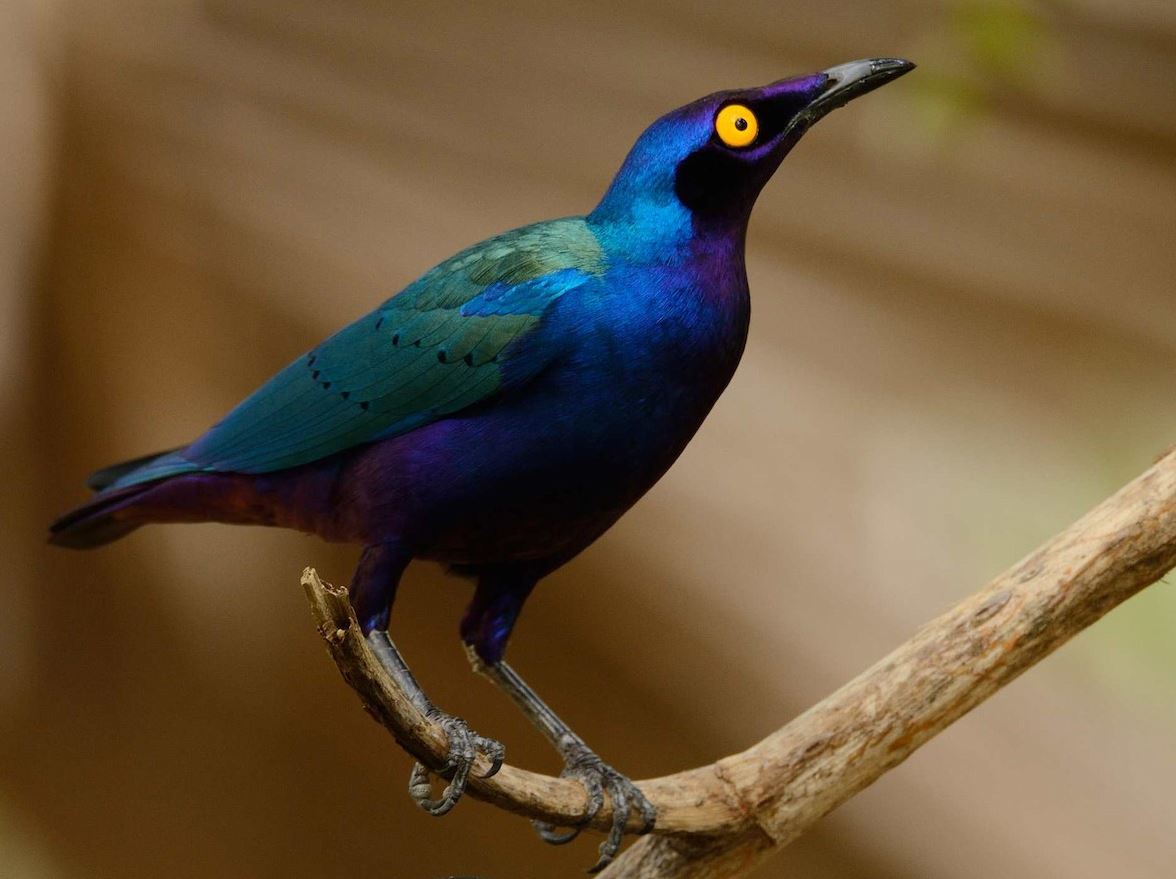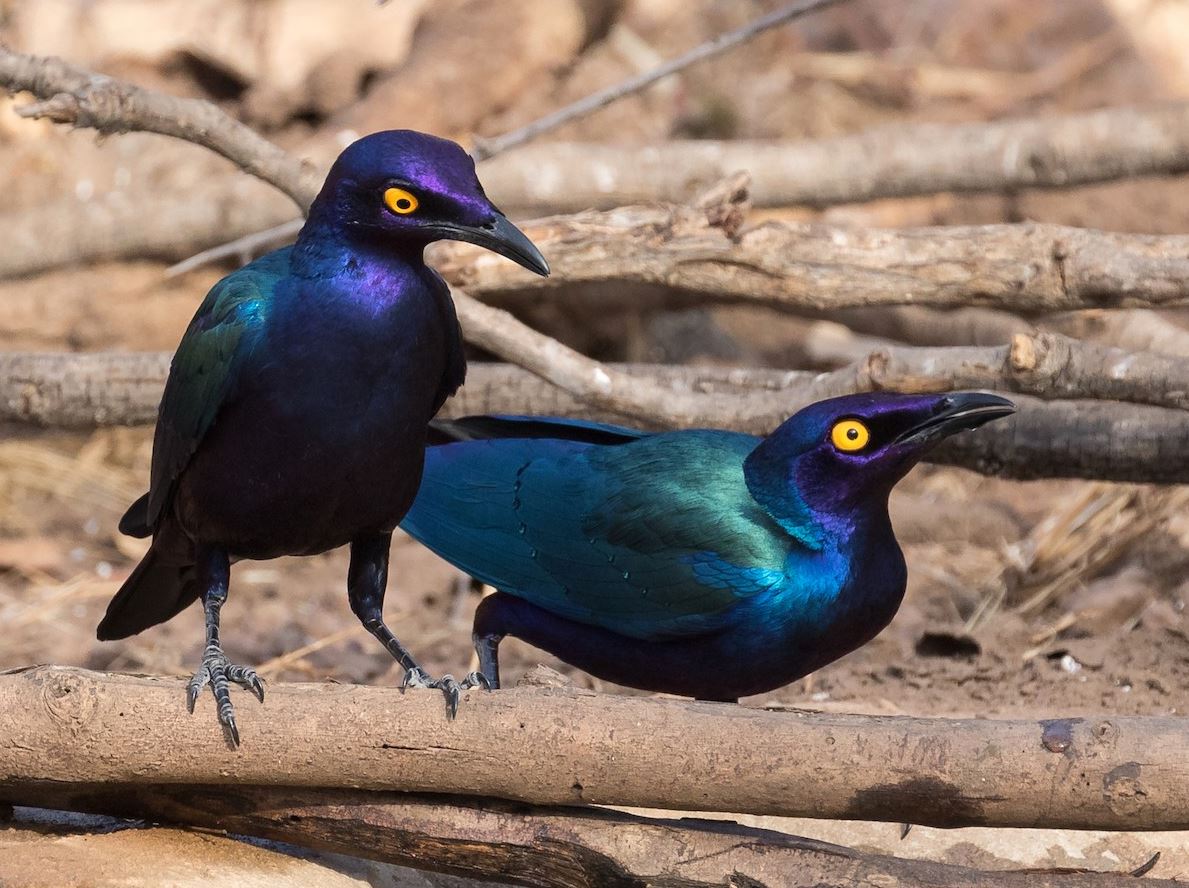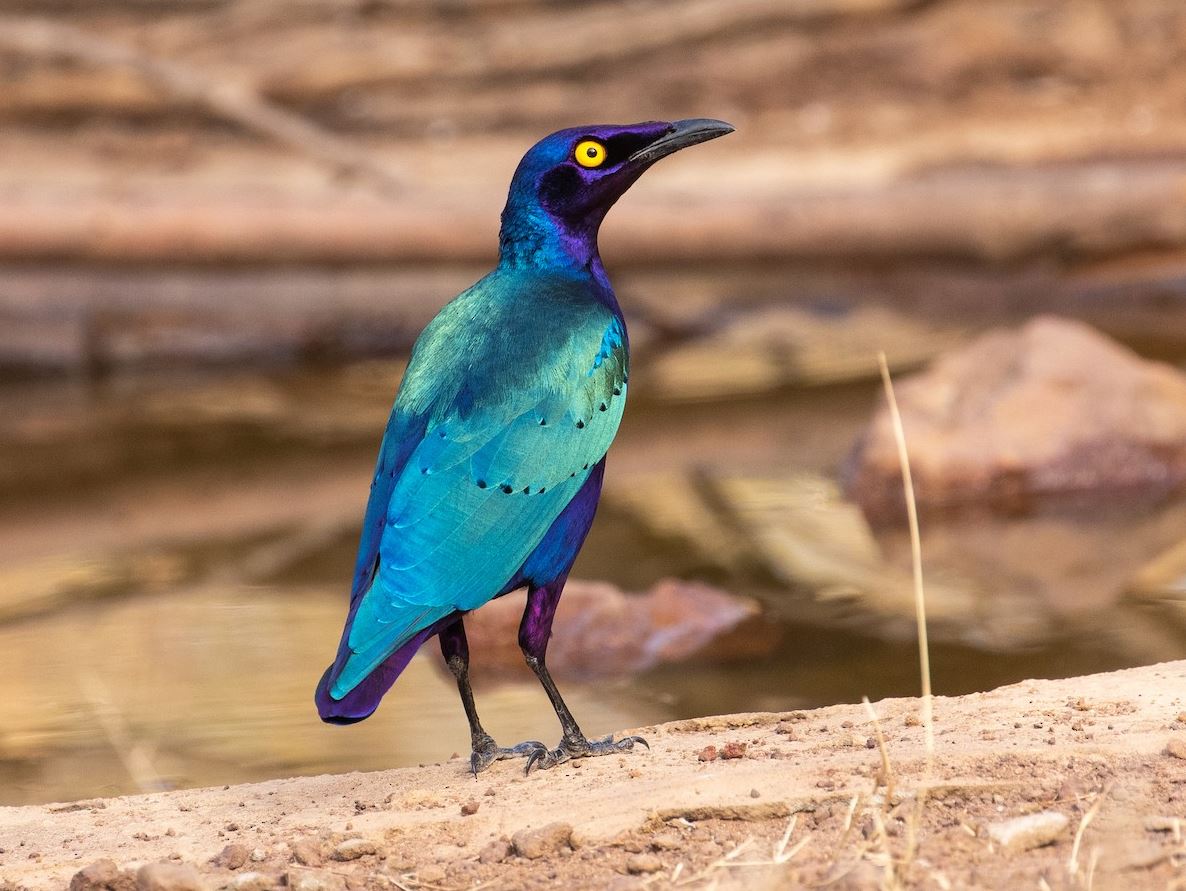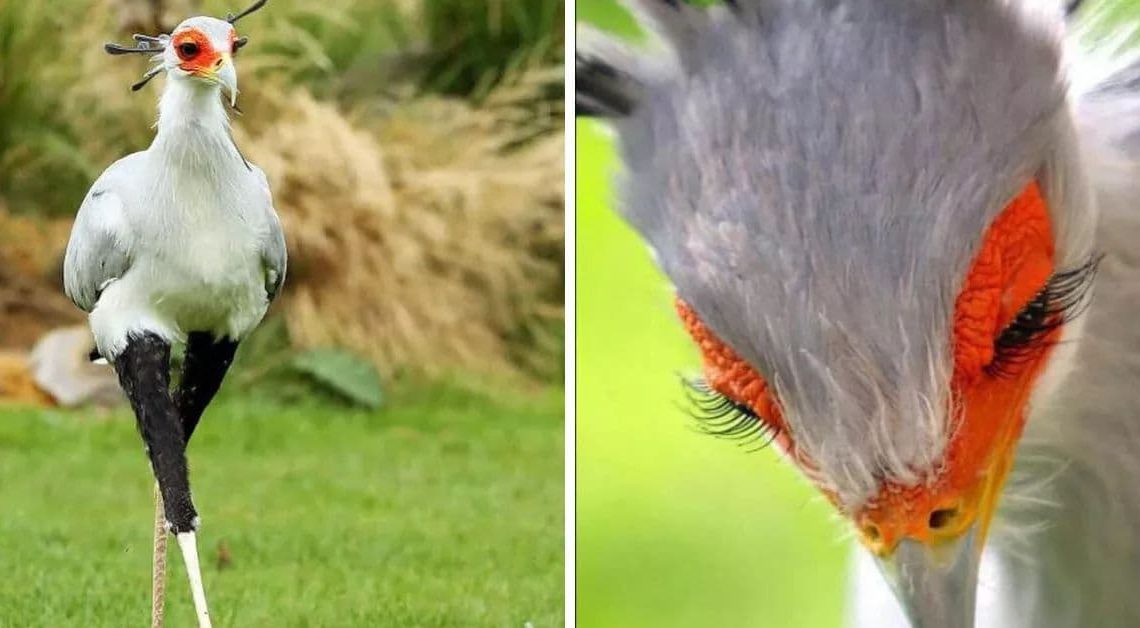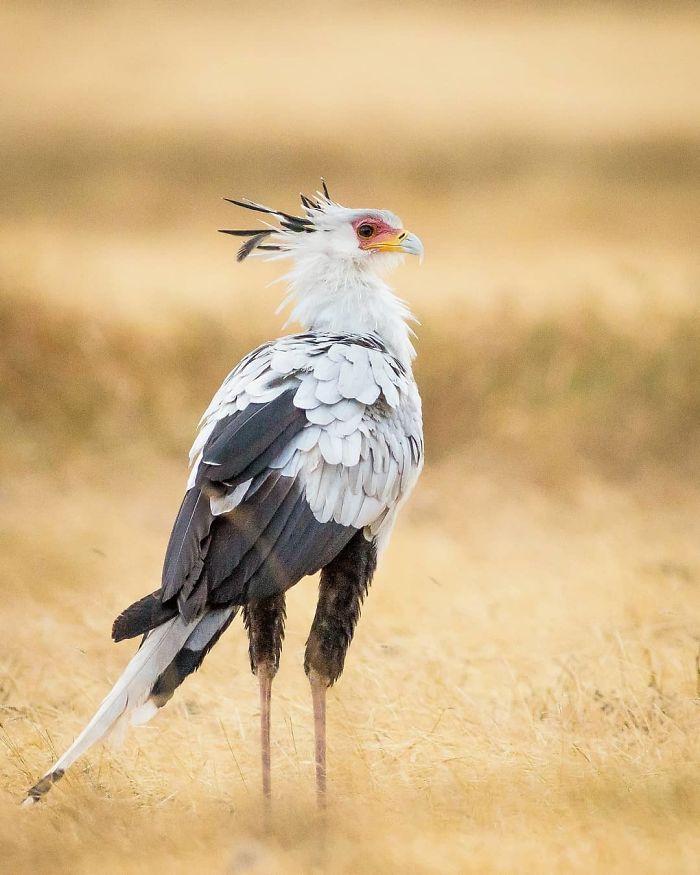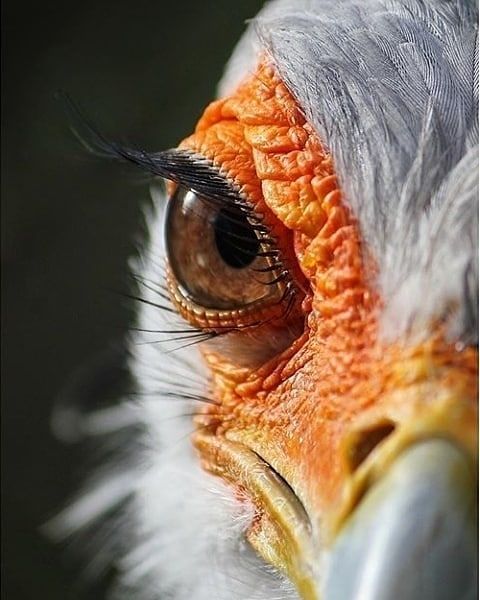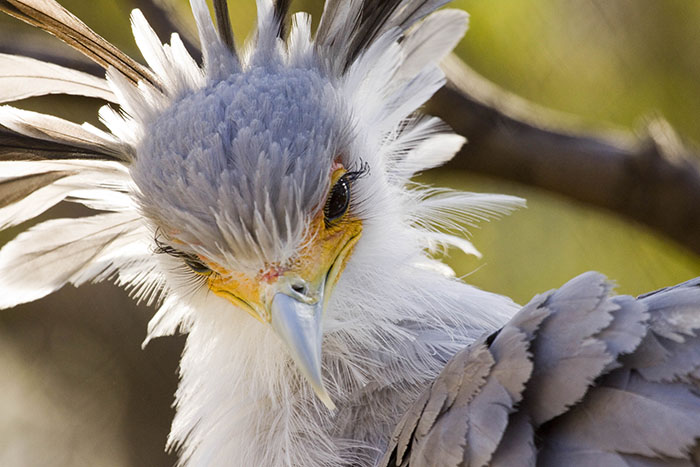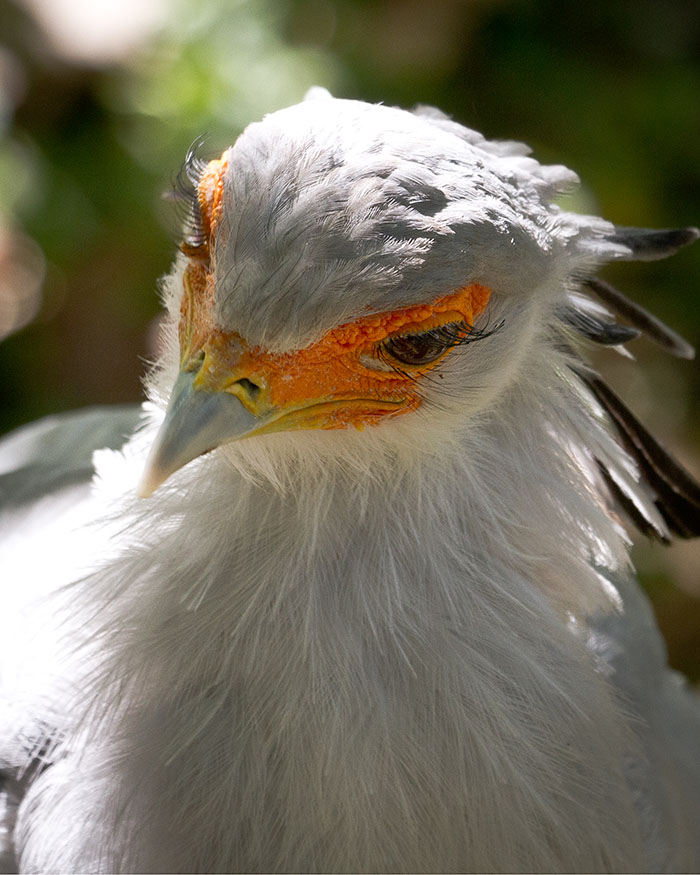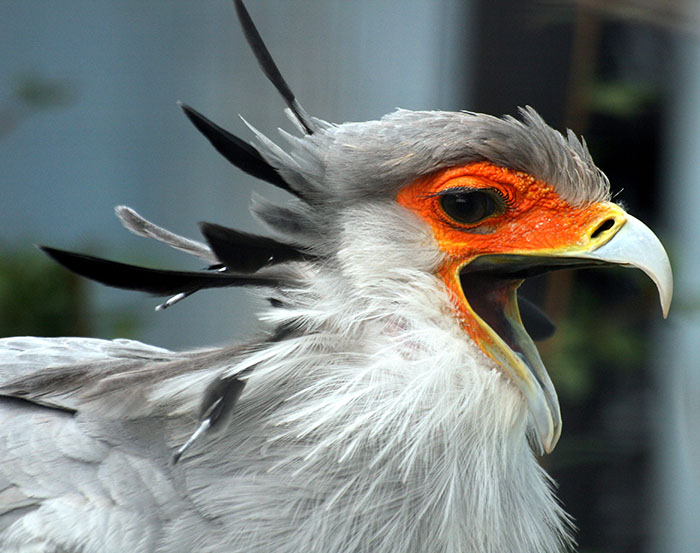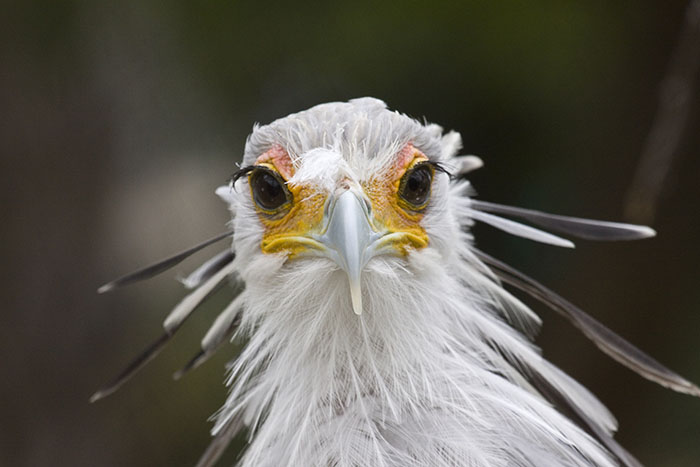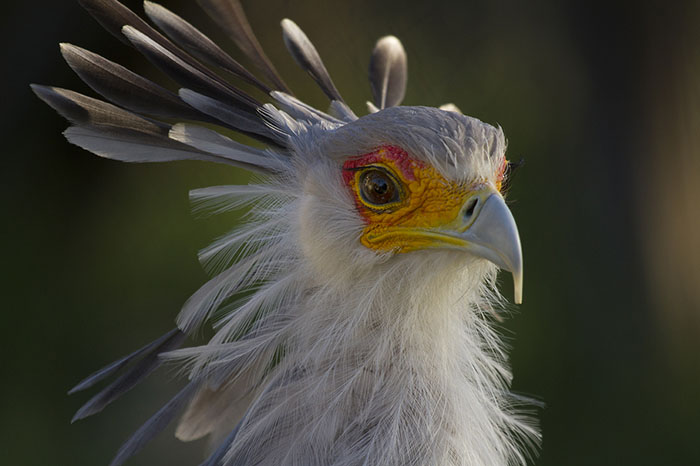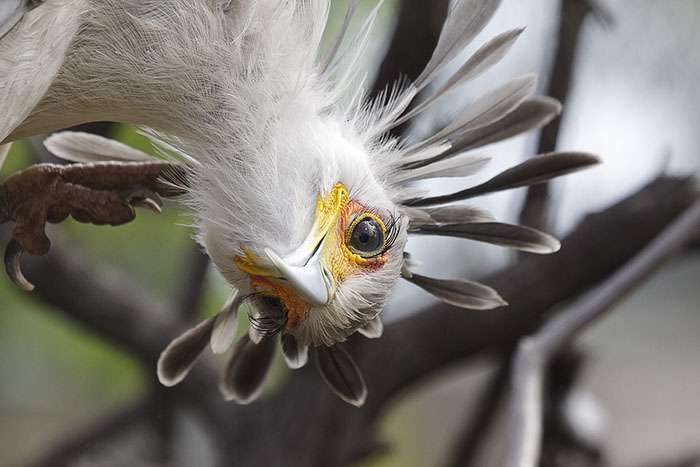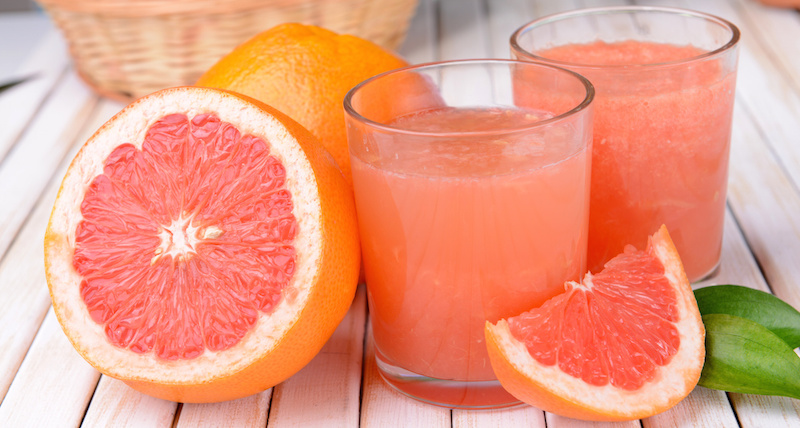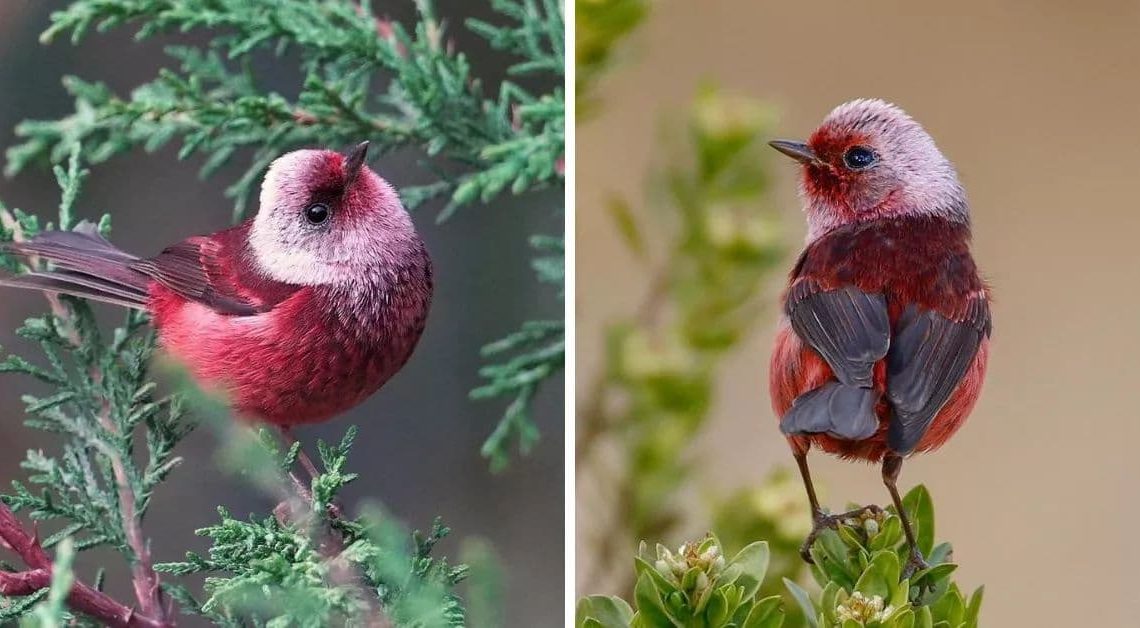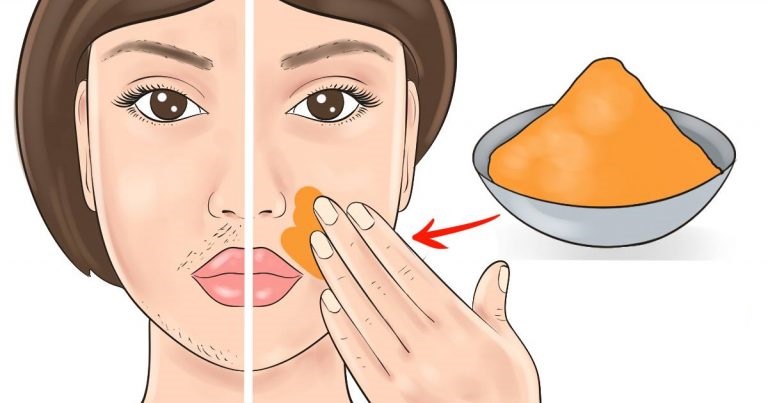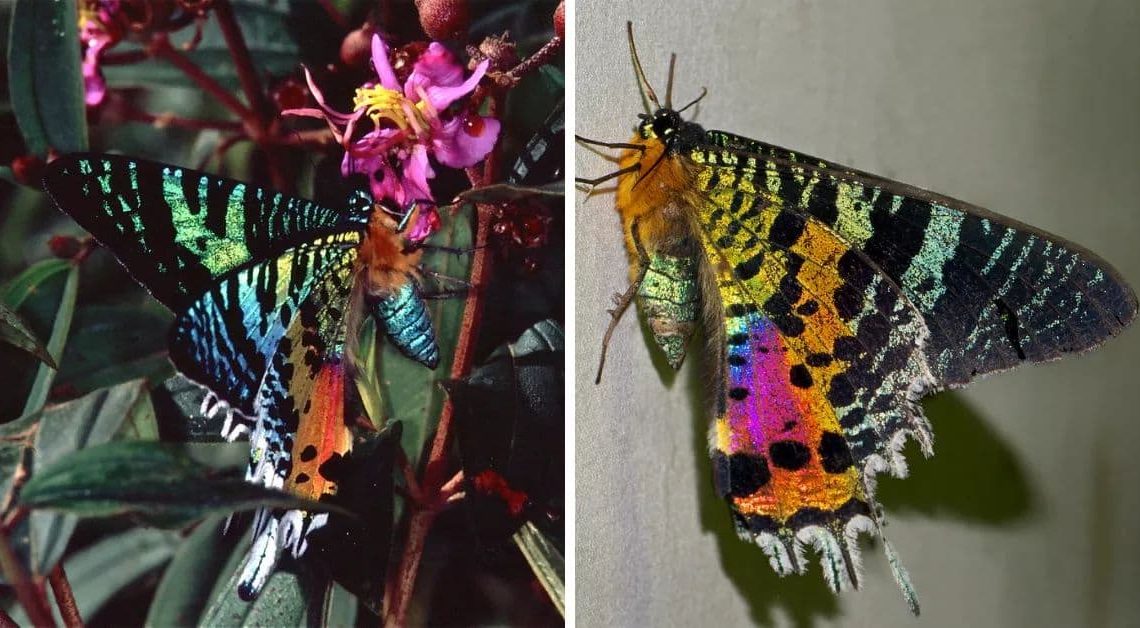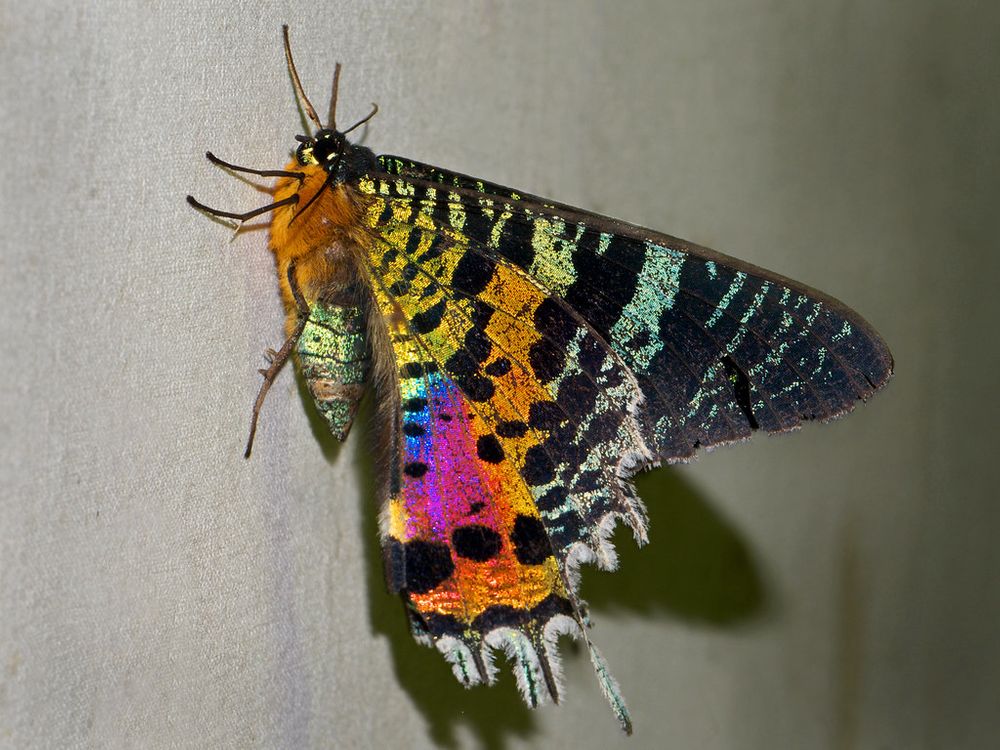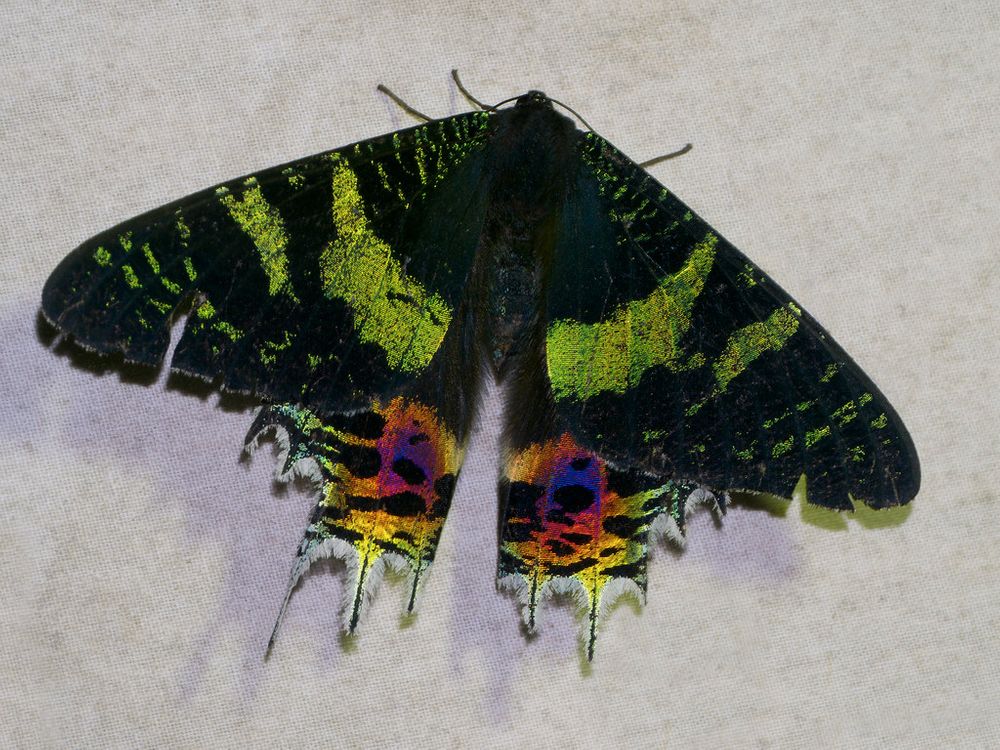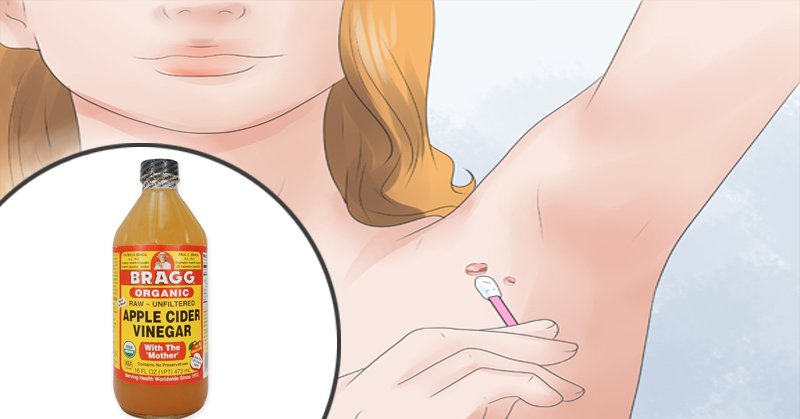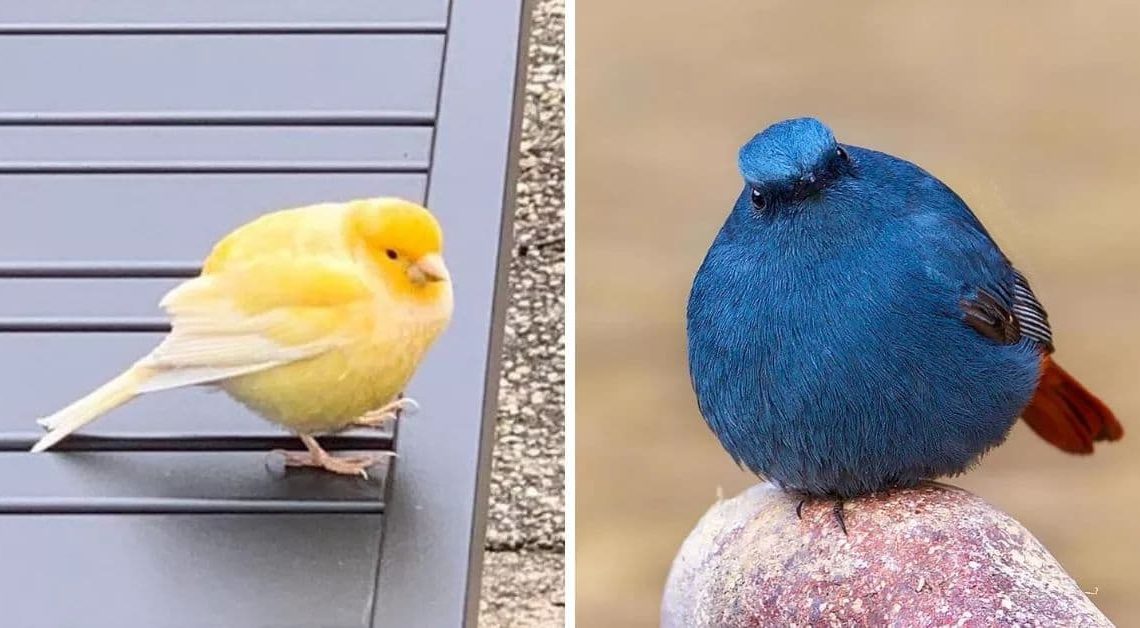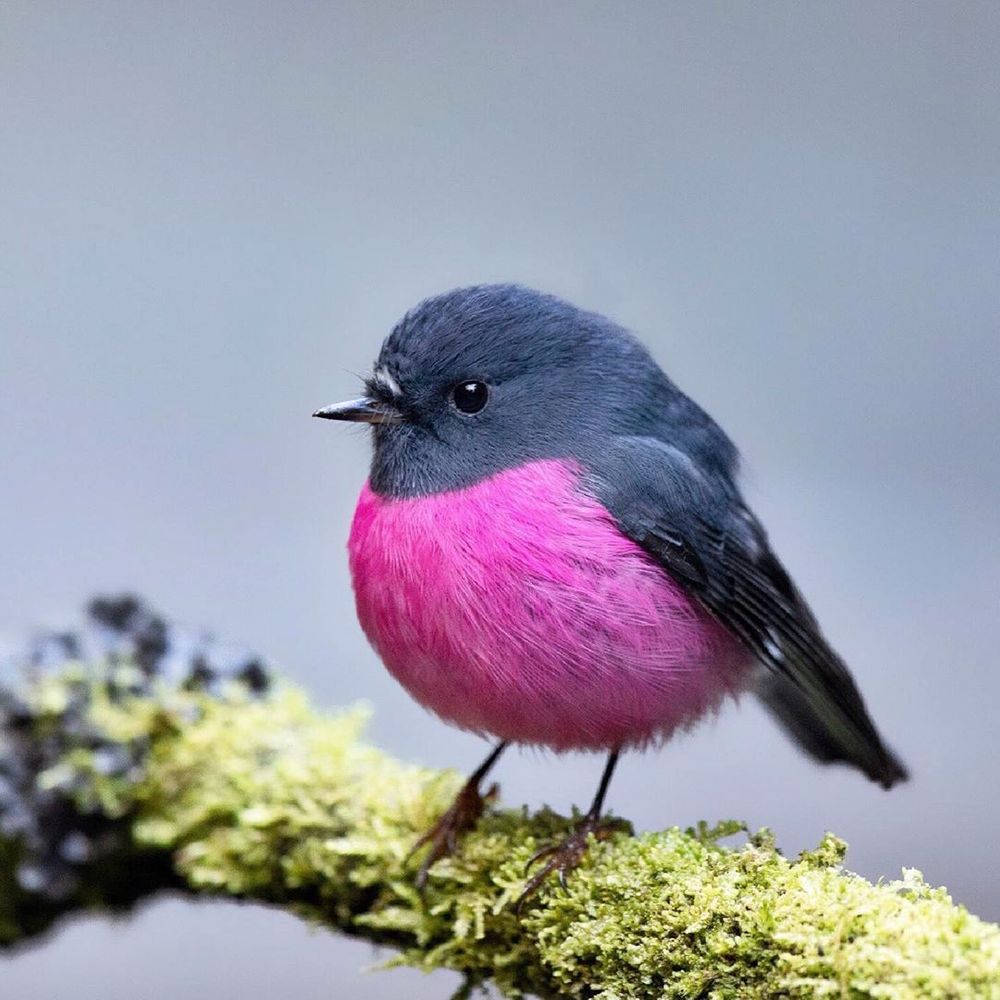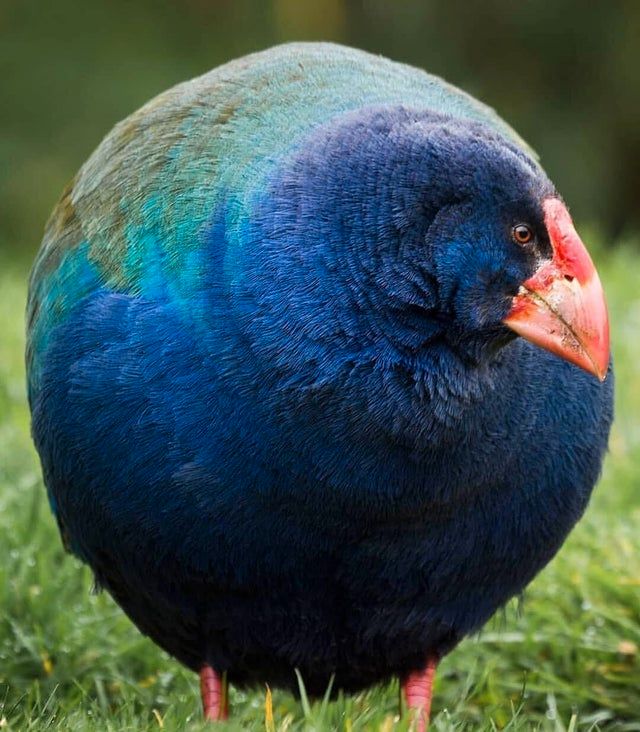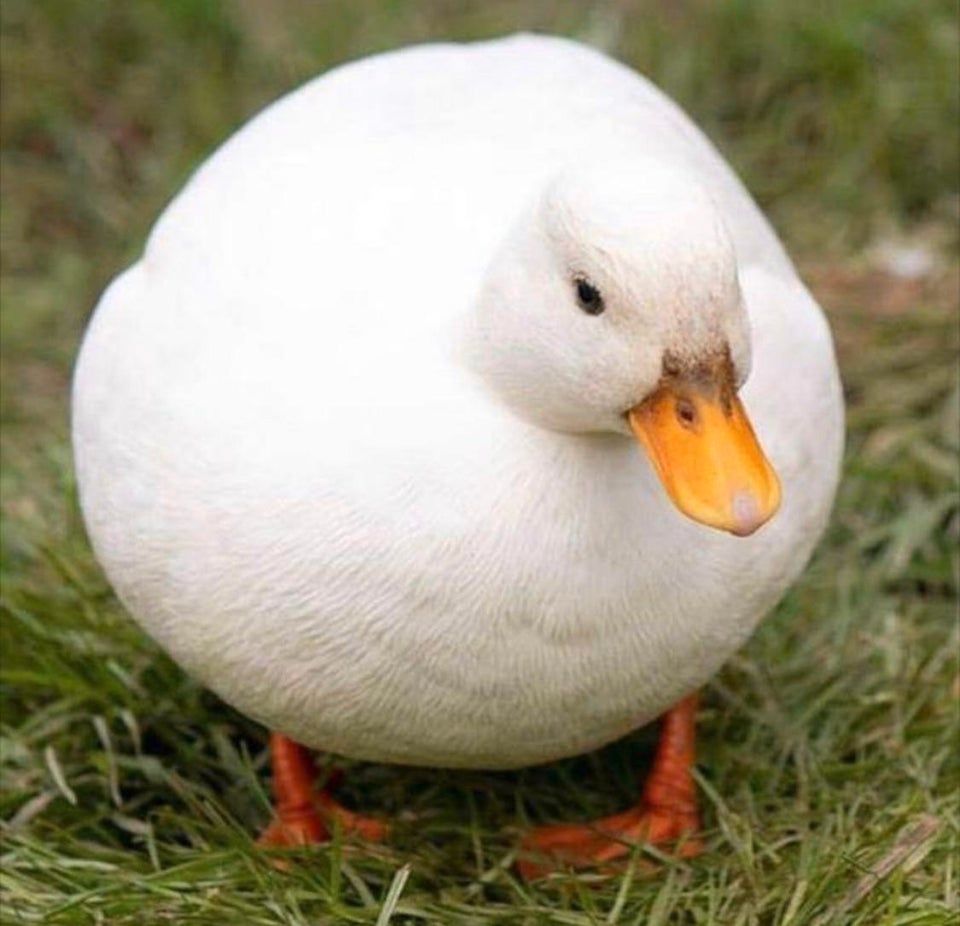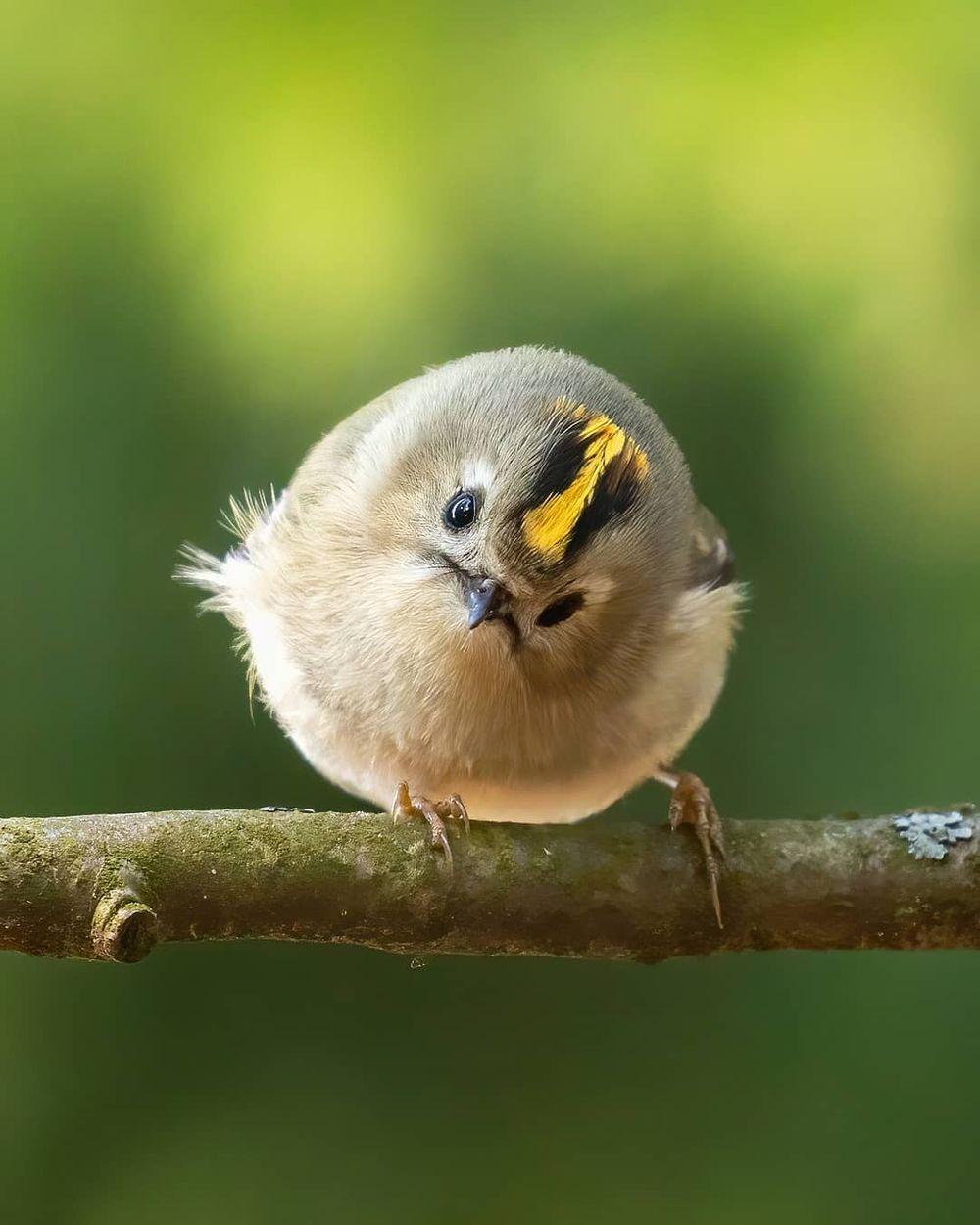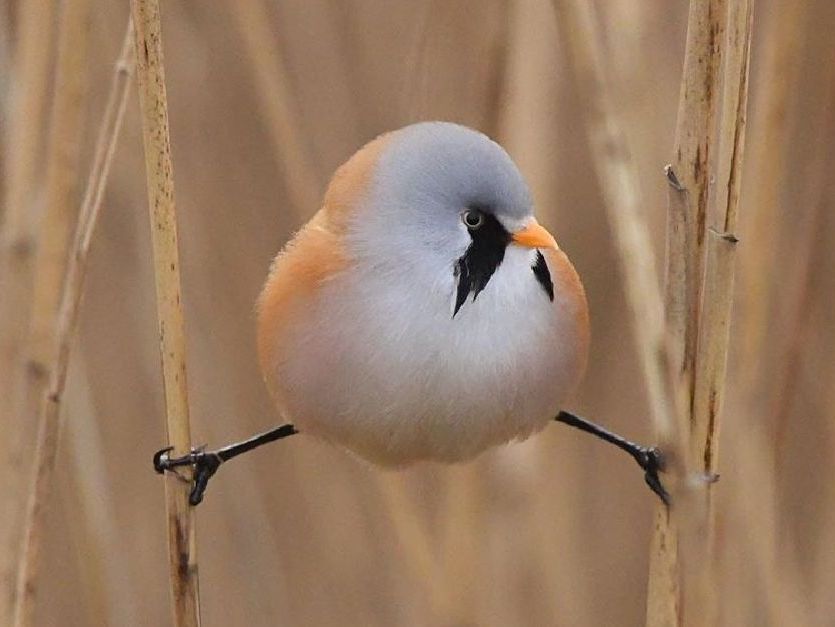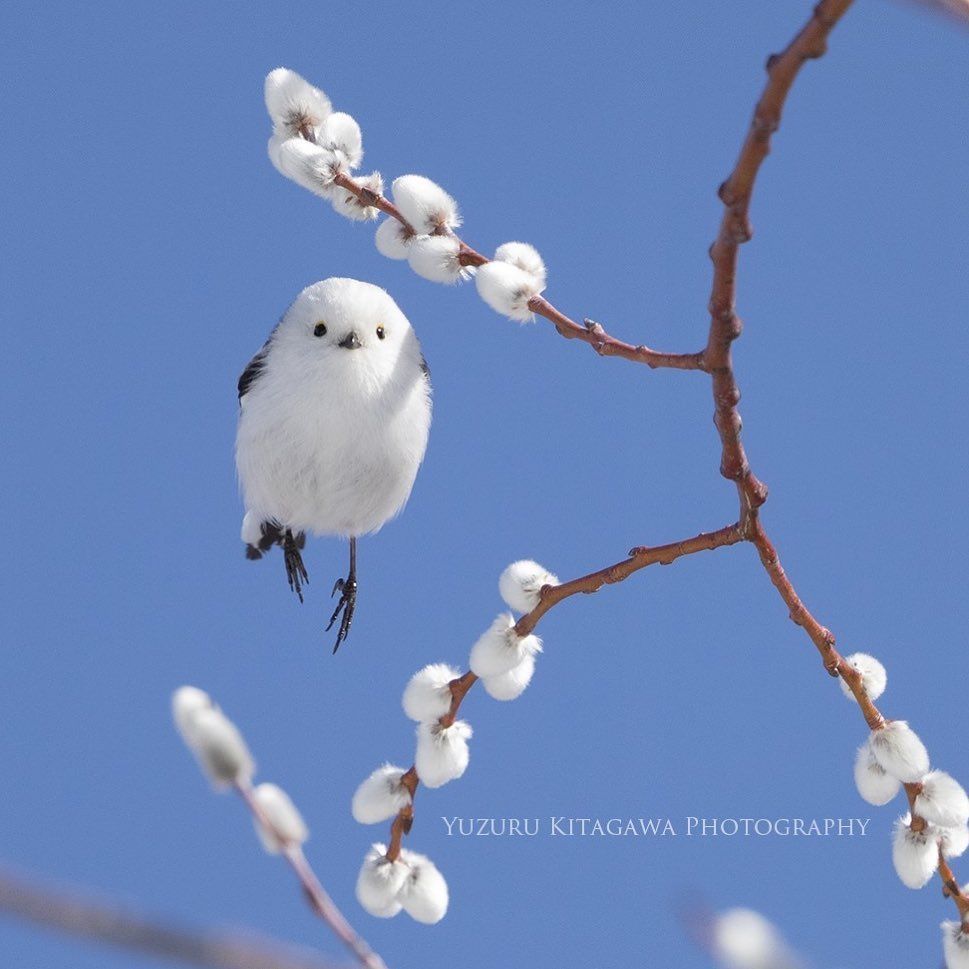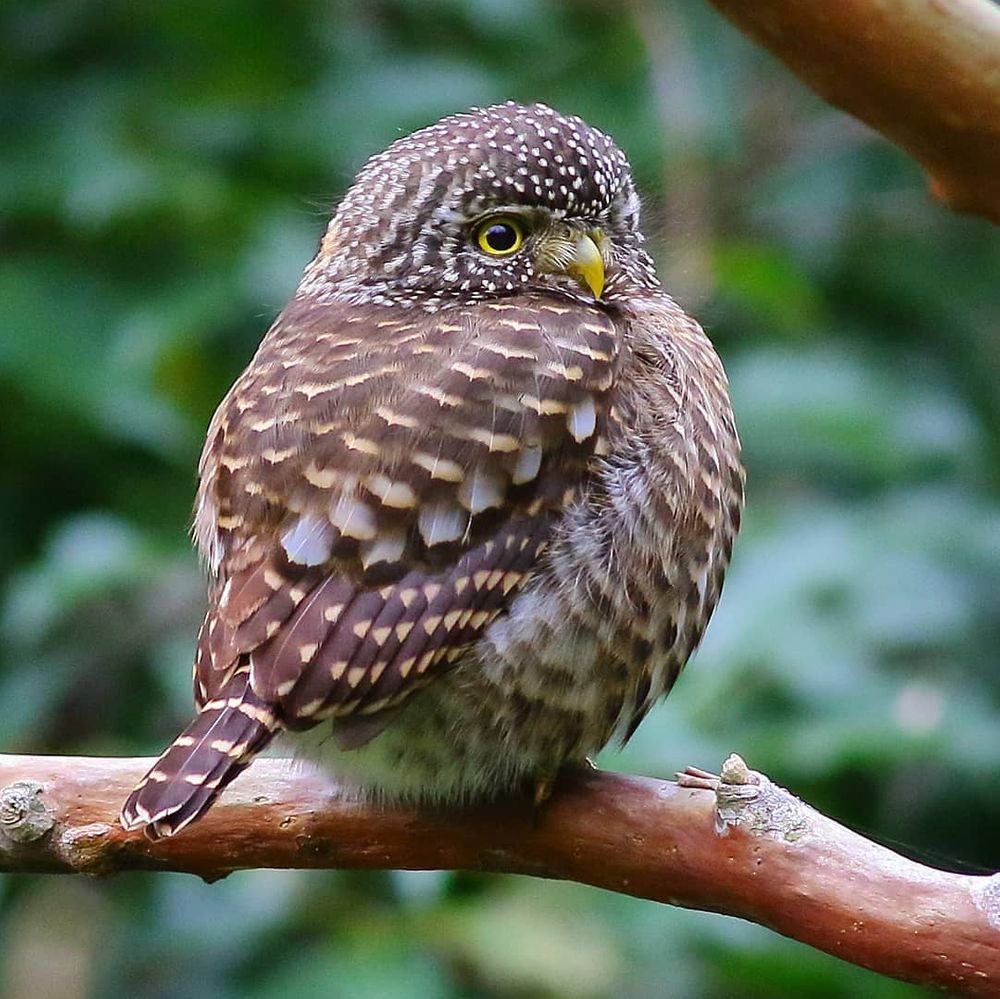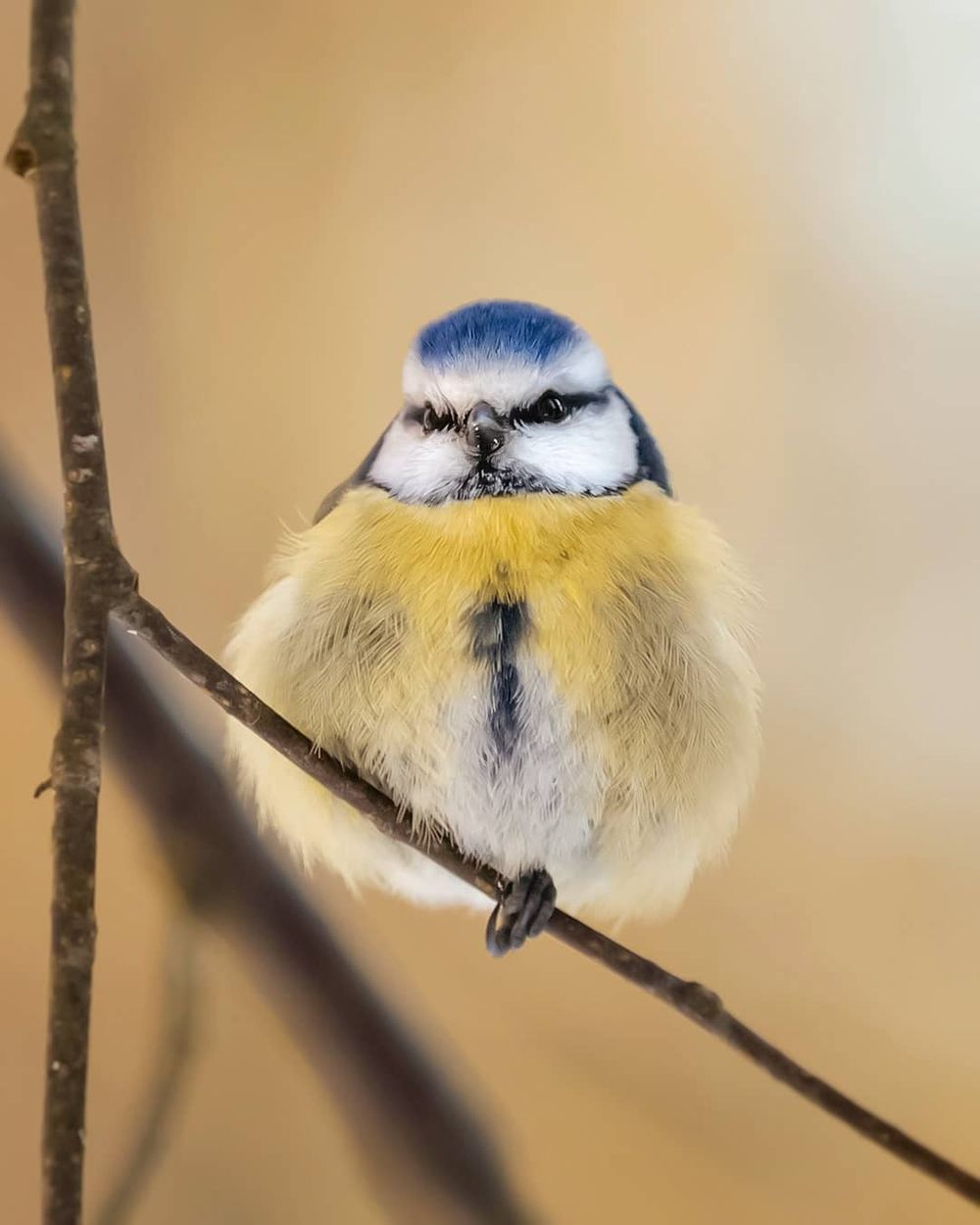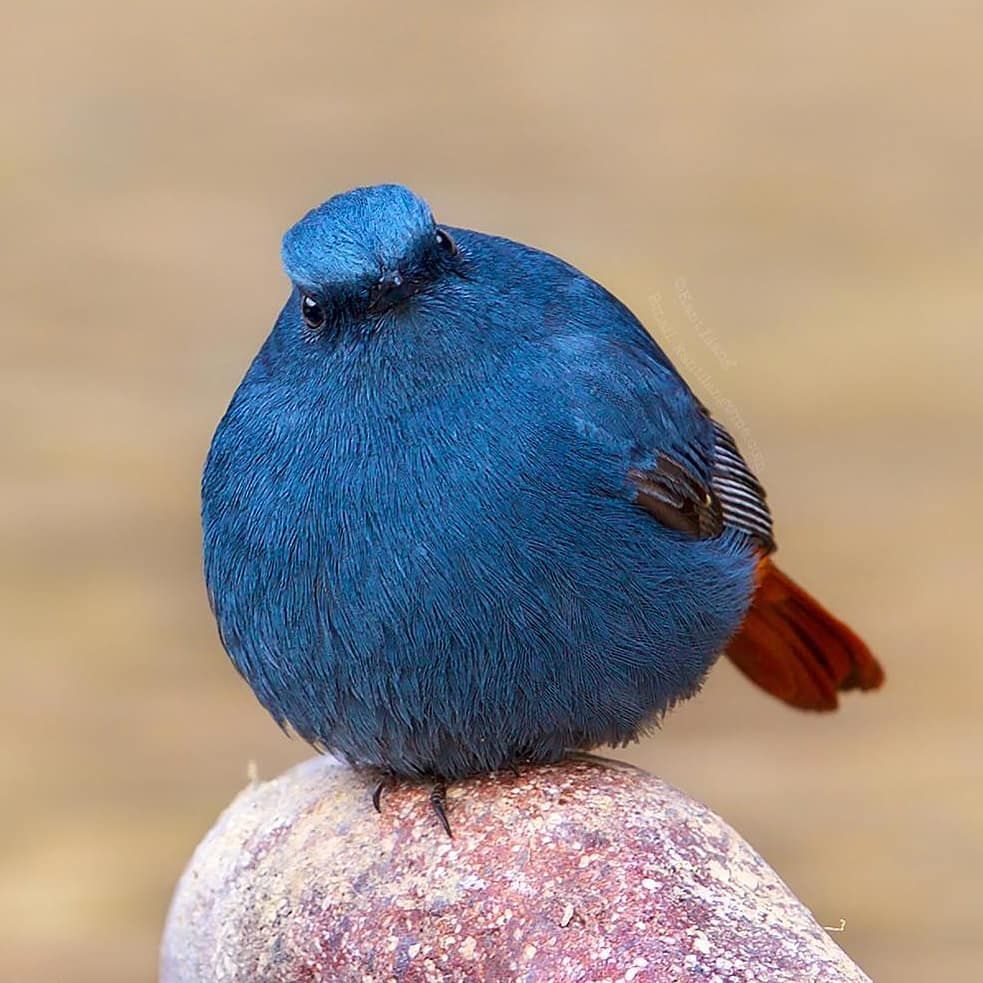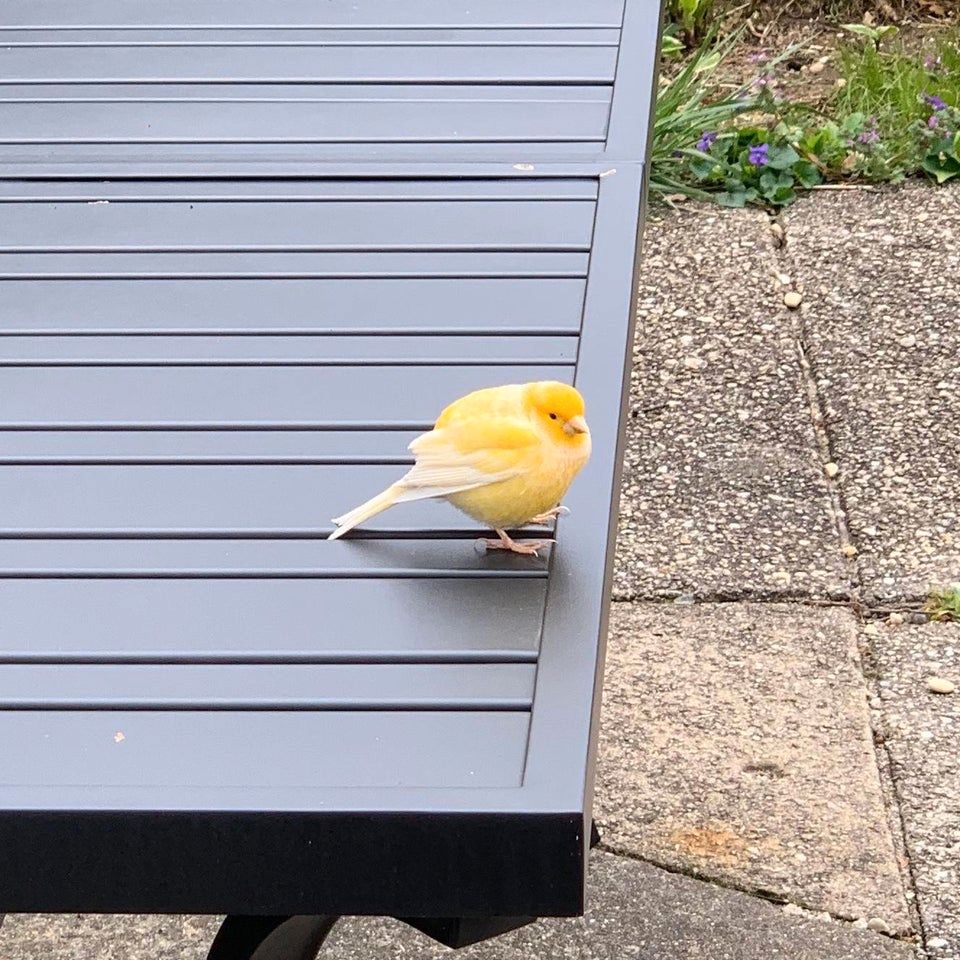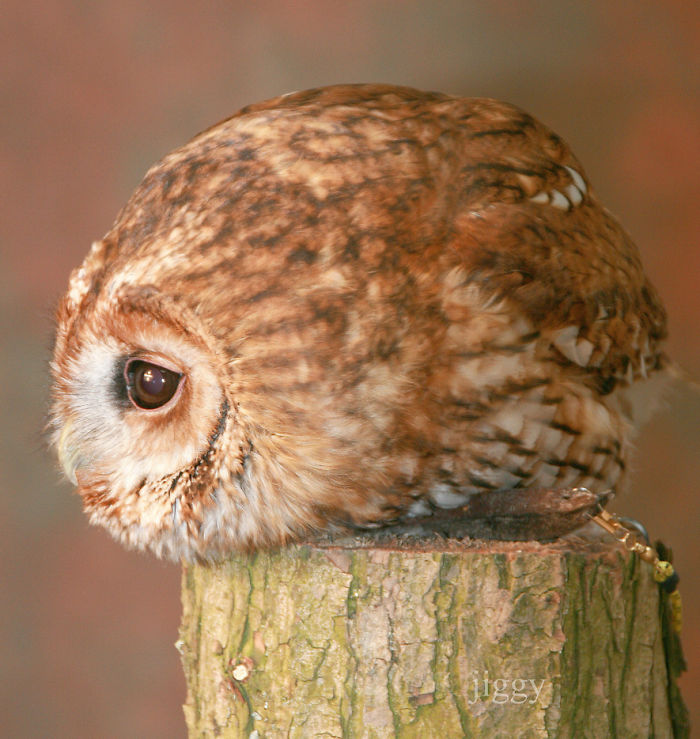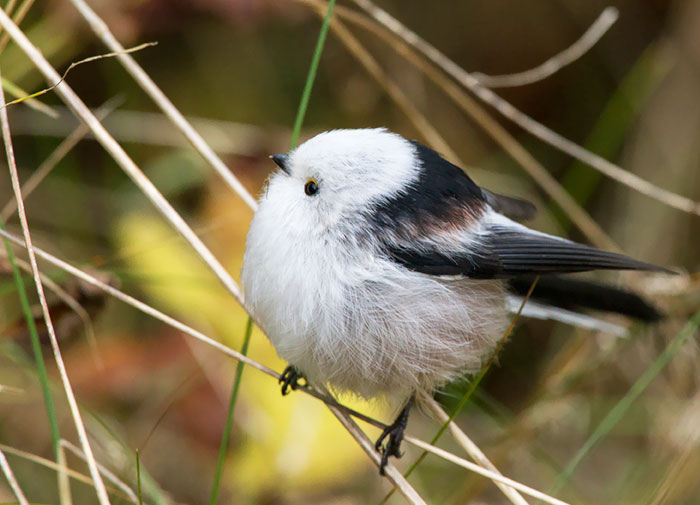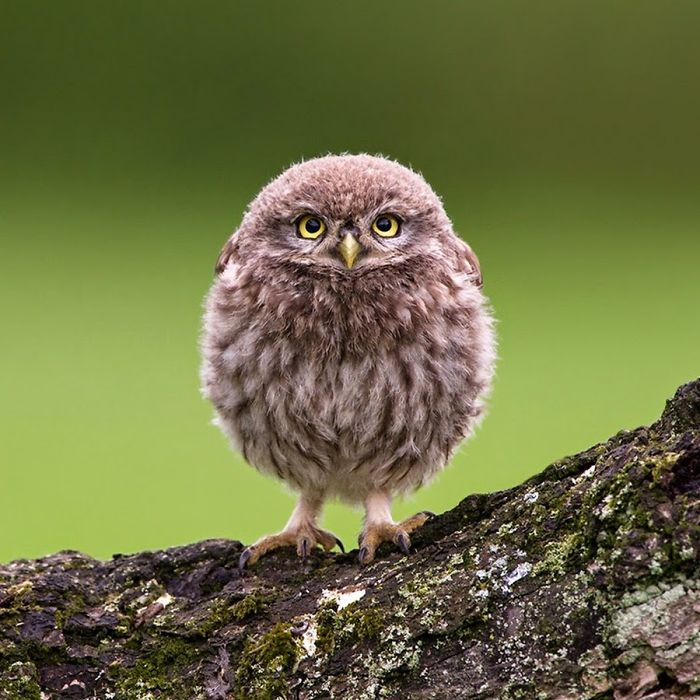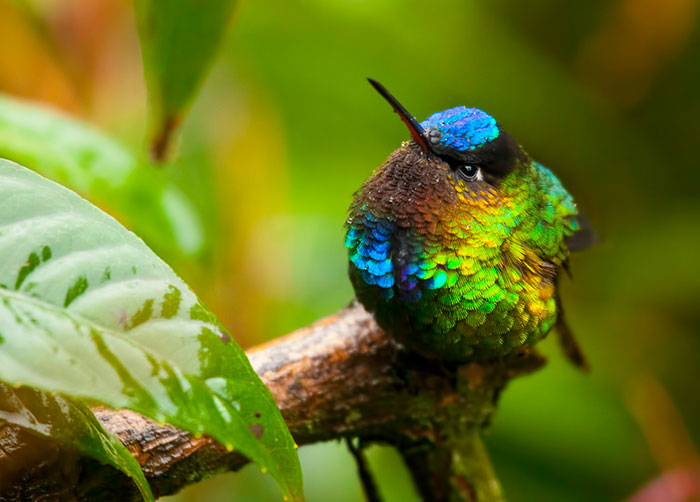If you happen to have huge cravings for sweets, you probably don’t like gluten and dairy-free desserts. Still, many people nowadays are choosing these diets, due to its amazing health benefits.
Changing to a gluten-free diet is a quite difficult challenge however it drastically improves your health. Additionally, it boosts your energy levels, decreases inflammation and prevents food intolerances. In fact, gluten is a type of protein found in wheat, barley, and rye, and we usually consume it in bread, cereals, and grains.
Then, you may think people who are taking a dairy-free diet can miss out on important nutrients, which is correct. However, cutting out dairy can be beneficial as it helps digestion, treats acne, relieves bloating, and clears up their skin. Additionally, it boosts your metabolism, which promotes weight loss and improves thyroid health.
Lastly, if you are looking for something delicious and sweet while, staying gluten and dairy-free, you should definitely try the following recipe.
Here is the lemon meringue cheesecake recipe:
Crust
- ½ cup of coconut oil
- 4 tbsp honey
- 1 cup coconut flour
- 1 tsp gluten-free vanilla extract
Filling
- 4 8-ounce packages of dairy-free cream cheese
- 3 eggs
- 1/3 cup dairy-free sour cream
- ¾ cup honey
- 3 tablespoons lemon juice
Meringue
- 7 egg whites
- Pinch cream of tartar
- 1 tsp gluten-free vanilla extract
- 1 ¼ cups honey
Preparation:
Preheat the oven to 350 degrees, and line a pan with tin parchment paper. In a mixing bowl, combine the coconut oil, honey, and vanilla, then mix well until well connected. Afterward, add the coconut flour and mix on medium speed with a mixer. Then, pour the entire pastry base into your pan and spread it evenly.
For the filling, in a bowl mix the cream cheese and sour cream, then add honey and lemon juice and mix again. Beat the eggs into the bowl one at a time. Then, spread the filling over the pastry base and bake for an hour. Once baked, cool on a wire rack, and then place it in a refrigerator for 3-4 hours.
For the meringue, turn the oven up to 375 degrees. Mix the egg whites using an electric mixer until foamy. Add the cream of tartar and continue to beat until the mixture stiffens. Then, add the vanilla extract, and mix completely, pour the meringue onto the cheesecake. Even it out with a spoon or spatula.
Put the cheesecake in the preheated oven, and bake for 10-15 minutes. Remove, and leave it to cool to room temperature. Lastly, place it in the fridge for at least an hour.
